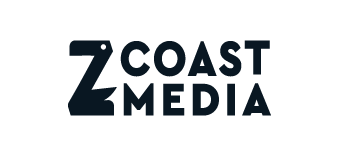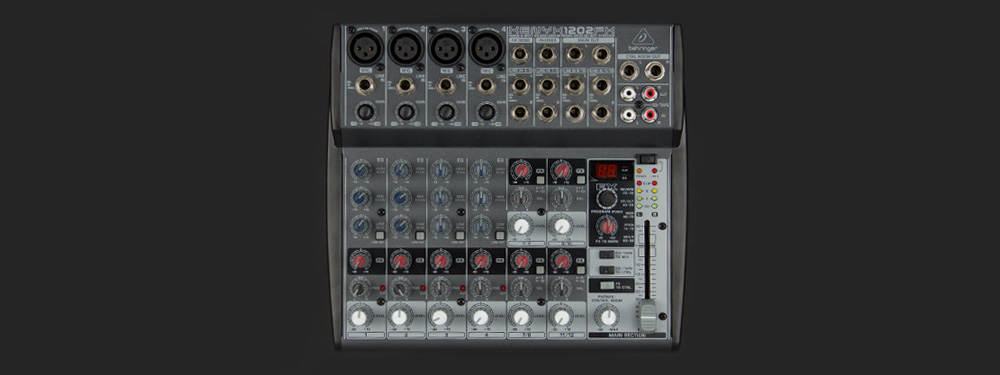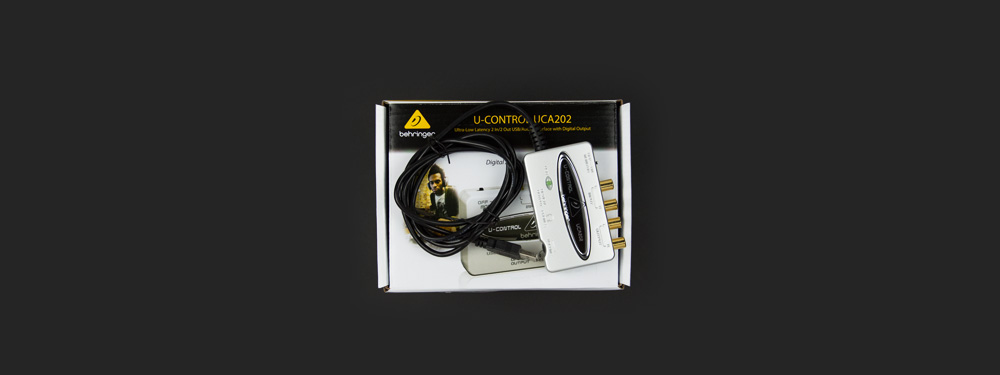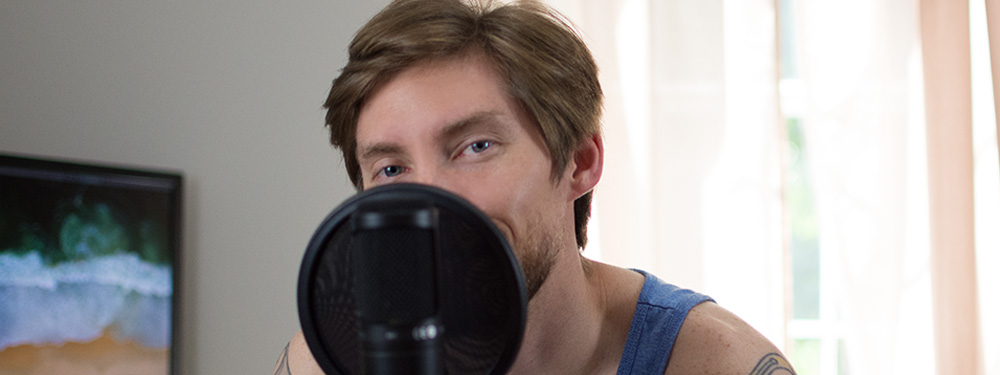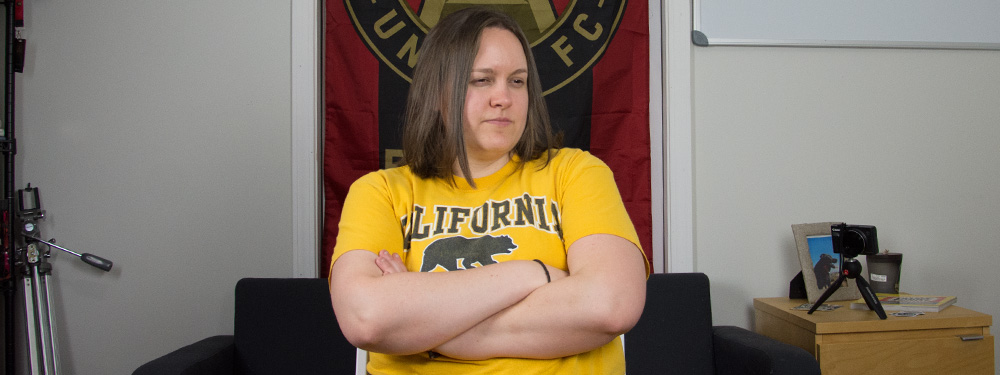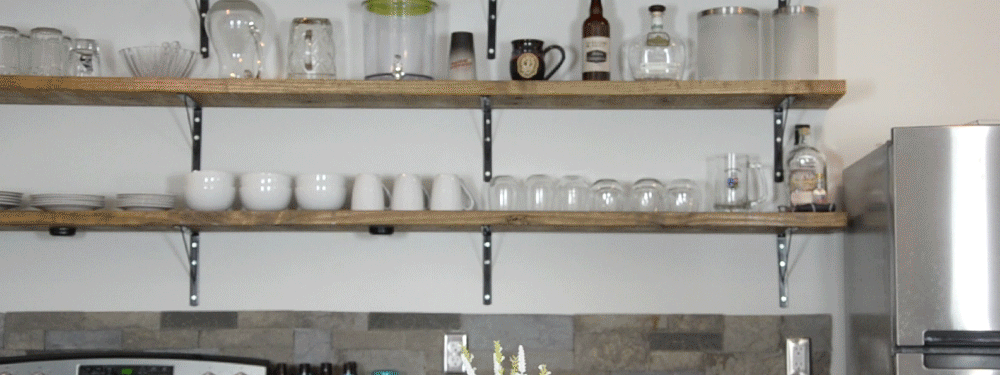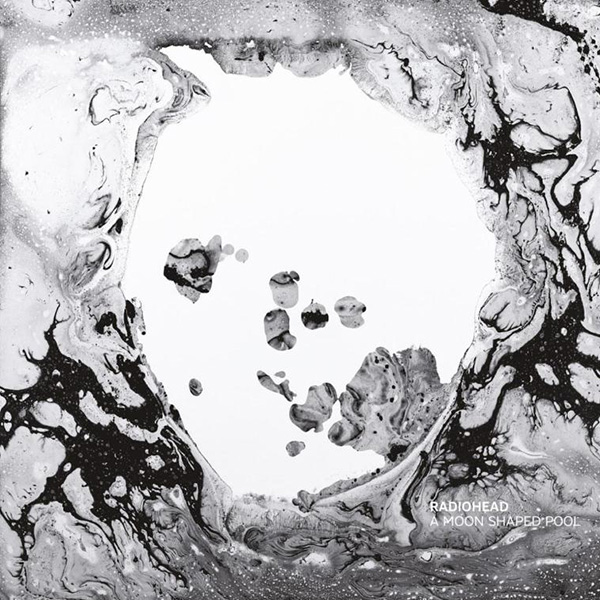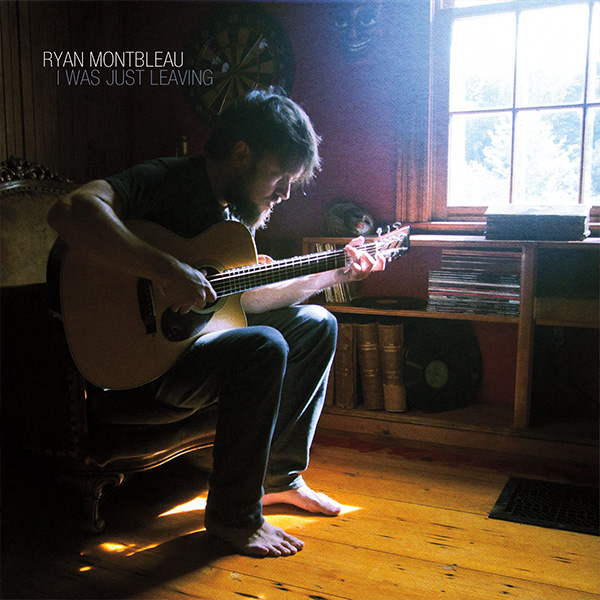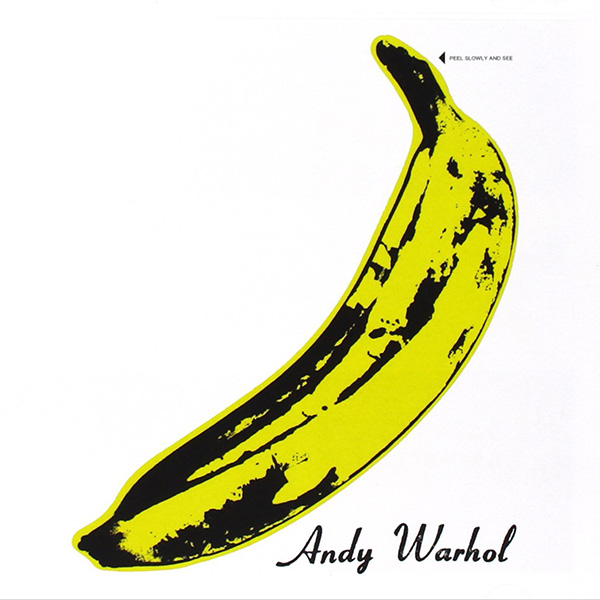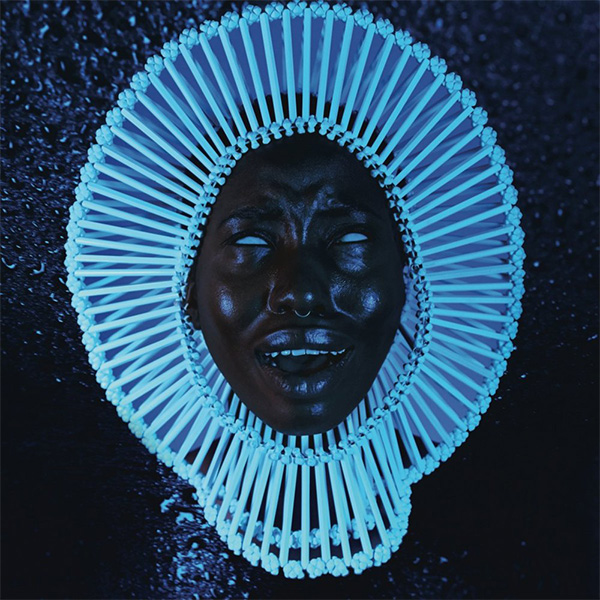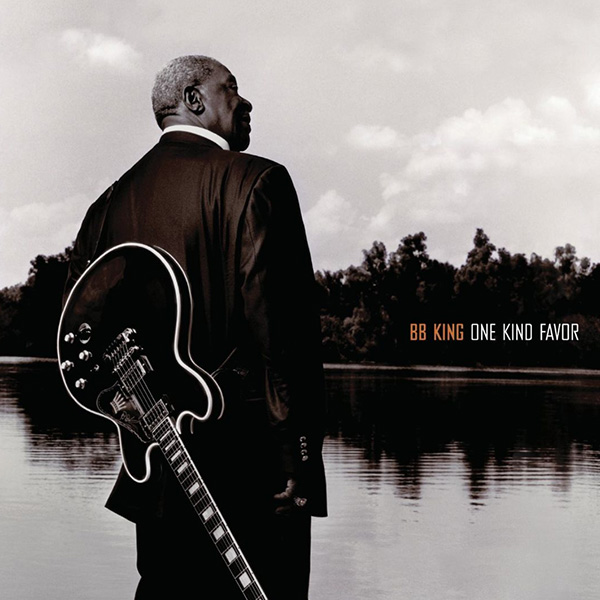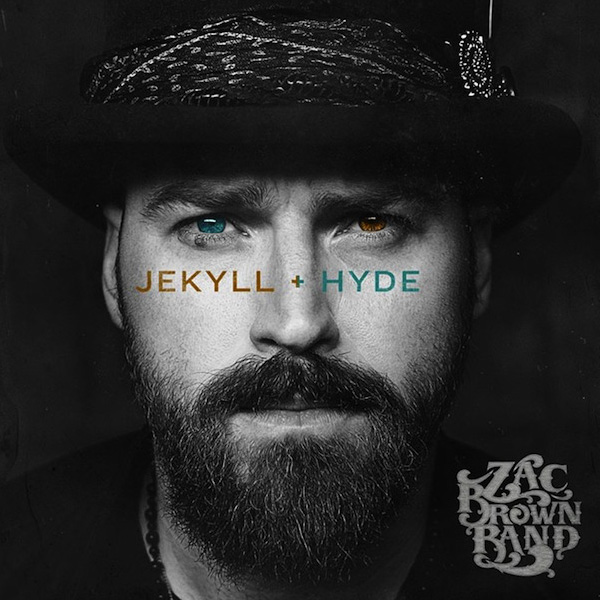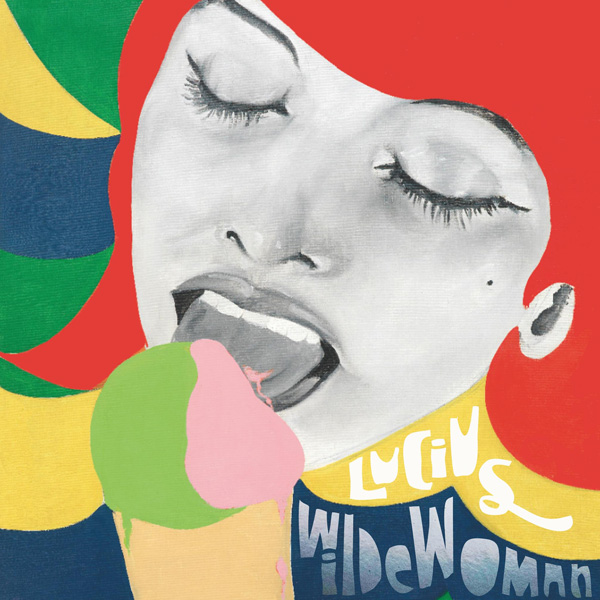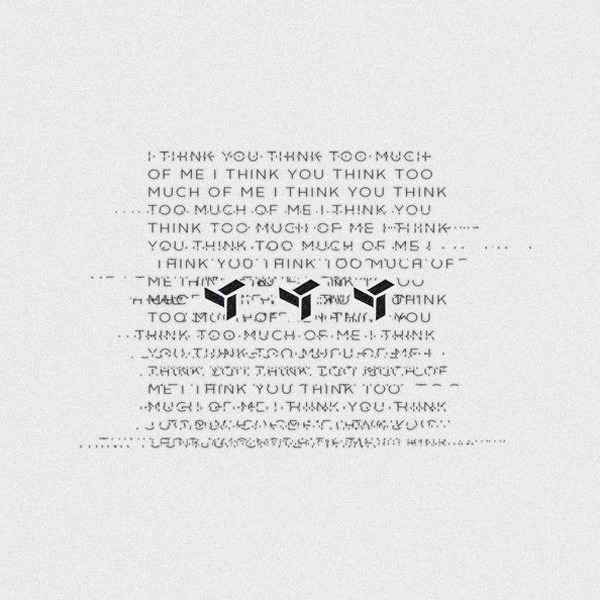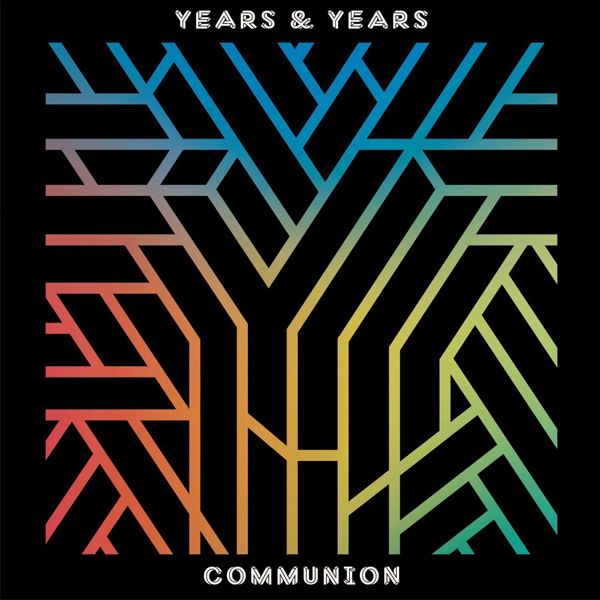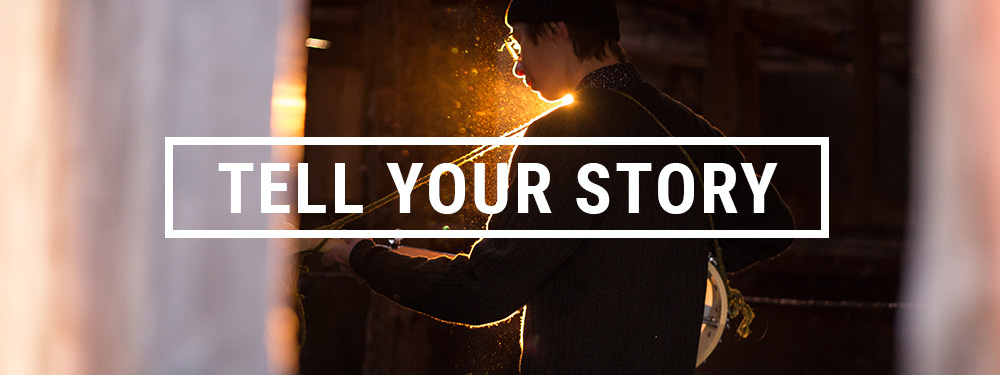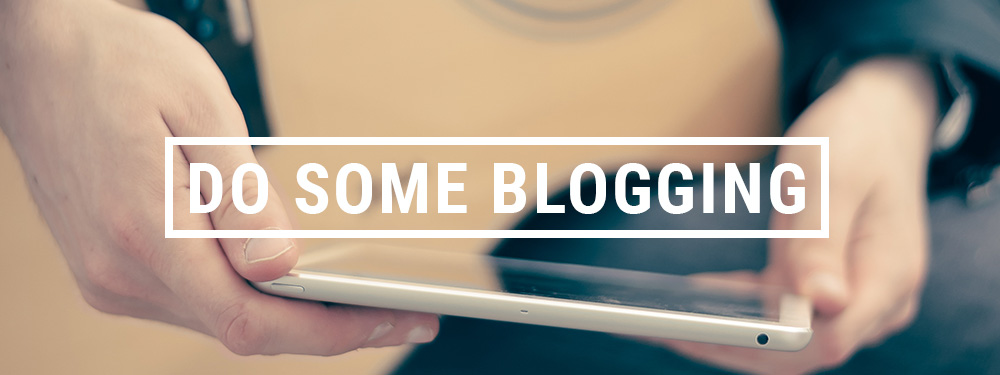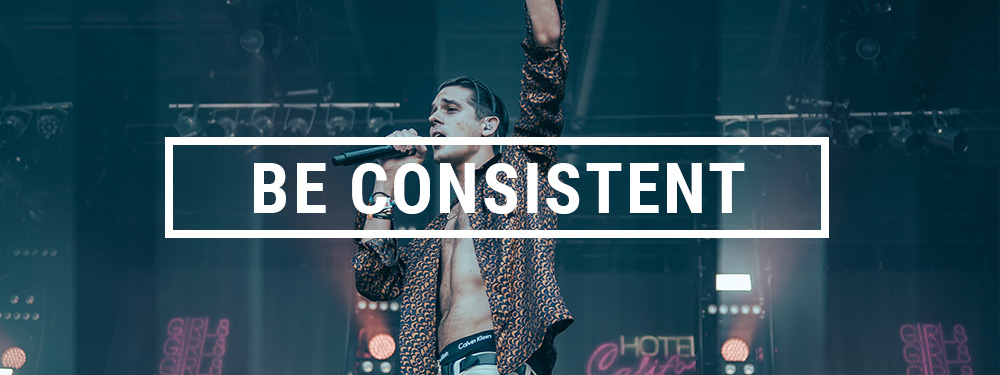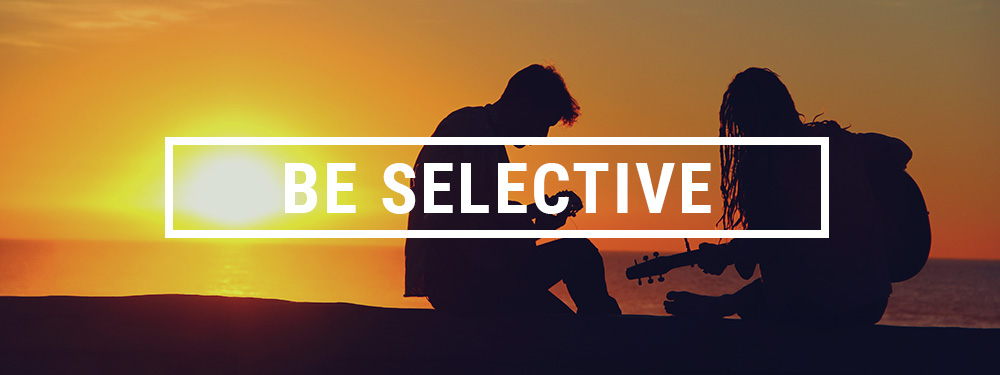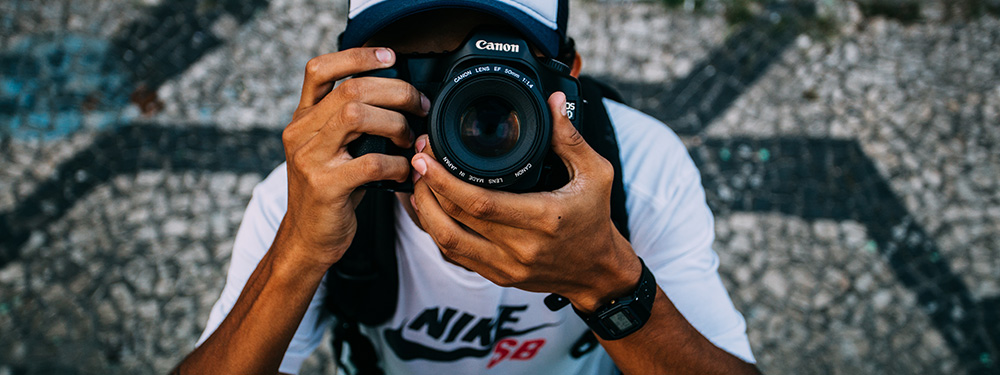Show of hands, who remembers reading Maurice Sendak’s Where the Wild Things Are when you were a kid? The story begins when our main character Max misbehaves, his mom calls him a “wild thing” and he’s sent to his room without supper.
He’s so angry his bedroom turns into a jungle, a boat appears, and he sails to the land of the wild things. Max, who isn’t afraid of anything, tames the wild things, becomes their king, and decrees “Let the wild rumpus start,” and everything goes wild dancing in the moonlight.
Eventually, Max misses his mom and even though the wild things beg him to stay, he goes back to his bedroom to eat his supper. Where the Wild Things Are has always been a classic in my mind but when it was first published some people thought the anger and monsters would traumatize children.
The lesson I remember taking away from the book as a kid was to channel my emotions creatively instead of destructively. Everyone else caught on eventually and the book’s a beloved classic across the board today.
I was thinking about this story while browsing kid’s books for all the niece’s I seem to have racked up in the last five years. It makes me really excited to share stories with them that I loved as a child.
My world opened up when I discovered books and people often ask me who shaped/shapes my life as a writer and I usually answer with one of the following:
- My mother, who cultivated my love of books (and is a brilliant artist/creative herself)
- A handful of authors from my childhood including but not limited to E.B. White, Maurice Sendak, C.S. Lewis, Robert Frost, and J.R.R. Tolkien
- All my friends and relatives who I constantly draw inspiration from whether they’re aware of it or not…now you know
Naturally curious person that I am, when I decided to write this post I hit up Nick to find out who he would say shaped/shapes his life as a designer. This is what he texted back:
- As a creative, I would say an old friend named Kristen Montgomery
- As a photographer, Instagram
- As a designer, my first boss at my first design job
- As a content creator/marketer, I would say you (Paige)
*awww, thanks buddy*
This made me realize something. We’re both good at keeping the nonsensical part of ourselves alive and we’re good at sharing it with other people because other people help us keep that wild thing in us alive.
Let the Wild Rumpus Start
When I discovered stories, and when Nick discovered design, we both found a way to channel our emotions creatively. Not everyone is so lucky and we both try not to take it for granted that the wild things within us were never fully tamed.
We are both storytellers in our own right.
I just prefer to use words while Nick prefers to use visuals.
And I may be biased but I don’t think there’s a more beautiful and creative gift than the ability to tell stories. The world is sewn together with stories and the people who learn to trust their intuition in a world full of logical and analytical thinking are the storytellers.
It’s a privilege to be one of the storytellers.
But it isn’t always easy to trust your intuition; to listen to the wild thing inside you…if you’re not a storyteller that is.
Storytellers don’t have a choice. You can’t fight it no matter how much you’re encouraged to try. No matter how many times you’re told to “settle down.” To “not be so weird.” To “be quiet.” To “stop seeing it that way.”
That gut-feeling, that child-like wild thing, that intuition, if you’re lucky enough to never lose it…if you listen to it…feels like a North Star calling out to you from the sky, asking you to follow closely. When you spend your whole life defending the wild thing in your heart, sometimes make believe makes more sense than the real world.
It’s not a bad problem to have. It’s unusual, sure, but it makes life a lot more fun.
It’s good to see the world through your own eyes. To question people, places, things, and processes. To let your art run wild and free.
I suppose I’m telling you this because I don’t want anyone, especially you, to ignore the wild thing in your heart just because it makes you different.
The wild thing in your heart makes you special and you can learn how to channel it, use it properly, and do something beautiful with it.
Can You Live A Life As Wild As Your Art?
Absolutely!
Sometimes the real world isn’t big enough for you to express the magnitude of an experience or a thought or a feeling. That’s okay. When that happens it signals it’s time to create something. It’s time to let the wild thing within you tell a story.
It can be with words. It can be with pictures. It can be a new workout routine, starting a new business, or trying something new in the kitchen. You can tell a story however you choose to express it. There’s art in everything when you open yourself up to be filled with creative potential that wants to speak in new languages.
Think in form and color.
Think in imagination.
That’s why we have books, music, medical advancements, sports, art, technological advancements, the list goes on.
The important and necessary work of creating and imagining is very real. We forget, as we grow older, how easily in reach the portal of the imagination is because we forget how to defend the wild and creative things inside us.
Or worse, we remember imagination is at our fingertips but we try to hide it. I call it “pretending in secret” and I think it’s an awful way to live.
You can be serious about playing pretend and it can be embraced in all disciplines. Playing “what if” helps us uncover the hidden mysteries of the world. Daring to go and think beyond everything that has been done and thought before is how progress is made.
If we embrace this though we have to be brave every day. We have to blur the boundaries between the created and the real. We have to invite others to actively dream and imagine with us.
All You Have To Do Is Begin
If you’re struggling today, maybe you’re stuck on an assignment at work or you’ve been staring at a blank page of a paper you have due tomorrow for the last three weeks, I want to encourage you to LET THE WILD RUMPUS START.
The beginning of this post was inspired by a children’s book but the conclusion was inspired by Tobias Van Schneider and an article he wrote recently titled You Only Have to Start.
I thought Van Schneider’s post presented an inspiring idea to be productive/creative every day when you’re not in the habit of living a life full of imagination.
It begins with taking the pressure off yourself and your work. It’s much easier to create and complete something when you aren’t overwhelmed with reaching an end goal. When you have a project and you don’t know where to begin the best thing you can do is just start. It’s better than doing nothing at all and you never know when a little research, brainstorming, or doodling will make the lightbulb in your head go off.
Dig deep and fight for the wild and creative things inside you.
All you have to do is start:
- Trust your ideas, imagination, and creativity. Believe in it no matter how crazy.
- Allow the nonsensical to stay open when you share it with others. Be brave.
- Remember how to step between make-believe and the real world.
- Defend the wild thing within you; the creative thing; the childlike thing; the dreaming thing; every day. Fighting for it is the only way to hang on to it.
Give this post a like if you’ve ever read Where The Wild Things Are and leave a comment telling us about a favorite book from your childhood. It’ll only take two minutes. “Let the wild rumpus start.” You can still make it home in time for dinner.
–Paige & Nick
